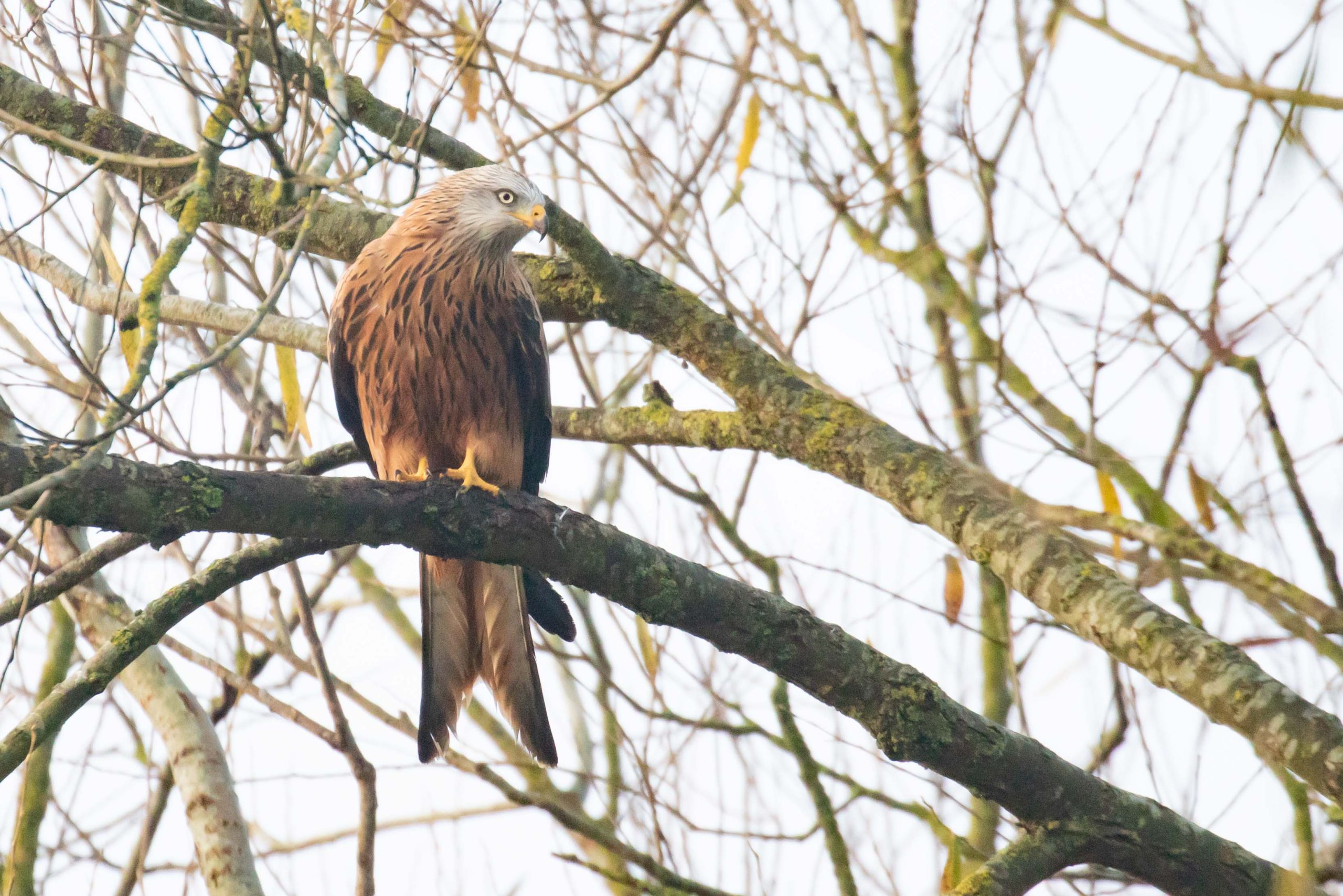This blog post covers the birds (and a few butterflies) recorded in the Lye Valley, Headington, Oxford since September 2019. It follows this post on the highlights of summer 2019.
September sees the departure of some of our summer migrants. Having been continually present since March, the last Chiffchaff was seen on 16th October and the last Blackcap on 30th October. We await the return of these species in early spring.

The huge influx of Painted Lady butterflies into the UK in 2019 will be long remembered. Painted Ladys were present into mid-September, with Red Admirals being recorded into early October.


Jay migration is one of the features of autumn. Jays are secretive birds, usually difficult to approach, but counts of over 10 birds were made in late September and early October.


Britain’s smallest bird, the Goldcrest, is a resident breeder in the Lye Valley, with small numbers present all year. Autumn sees large numbers of Goldcrest arrive in the UK from Scandinavia, boosting local numbers:

In terms of rarity, the highlight of the autumn came in the very brief form of a Woodcock, flushed from the footpath through the scrub between the Golf Course and Barracks Lane on 3rd November.
The male Kestrel that over-wintered on Warneford Meadow last winter appears to have returned this winter:

Red Kites occasionally roost in the taller trees in the Lye Valley :

Buzzards appear to have bred locally. Below, a noisy juvenile bird trails an adult bird. Note the pristine flight feathers and pale tail on the juvenile bird on the left, compared to the adult bird with its all-black trailing edge and signs of wing moult, on the right:



The wettest early winter period for a number of years was good news for the damp-loving plants in the fens of the Lye Valley. Regular showers also produced a few rainbows:

Below, a Carrion Crow mobs a Red Kite in front of a rainbow:

Grey Wagtails favour the wet edges of the Lye Valley stream, even when it is partially frozen:

As winter sets in and leaf cover falls from the trees, it becomes easier to see some woodland bird species, such as Treecreeper. This species is recorded throughout the year, but only infrequently. On the picture below all the adaptations for a life foraging for insect larvae in bark can be seen: the long, stiff tail feathers that prop the bird against the trunk; the very long hind claws, the long curved bill and long tongue for extracting grubs from the tree.

Ravens appear to have moved into east Oxford this summer, with possible breeding reported in Headington. There were a number of records of Raven over the Lye Valley, including this bird, one of a pair, that flew over on 8th December. The diamond-shaped tail is distinctive, but most birds are picked up on call: they are a vocal species.

Even in late December, birds are beginning to prepare for next year’s breeding season. Up to 4 Song Thrush are now in song and Jackdaws are prospecting holes in the Poplar trees in Boundary Brook Valley. Spring is coming!

71 bird species were recorded in 2019, the illustrated list of all 71 can be seen here on eBird.
